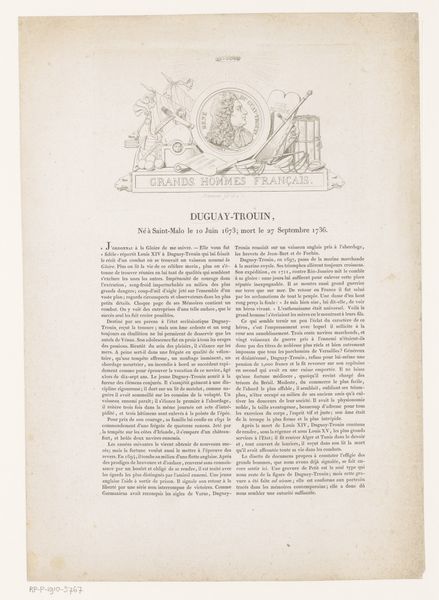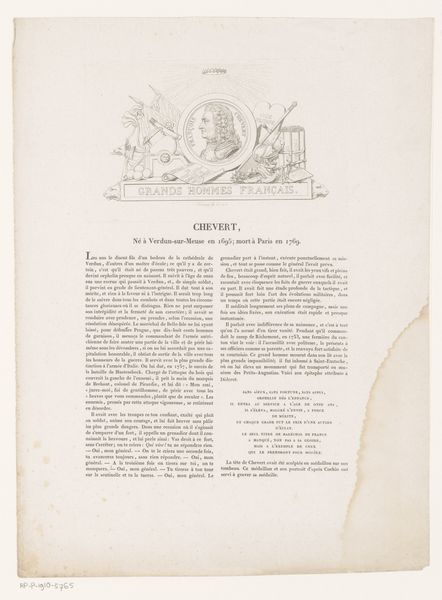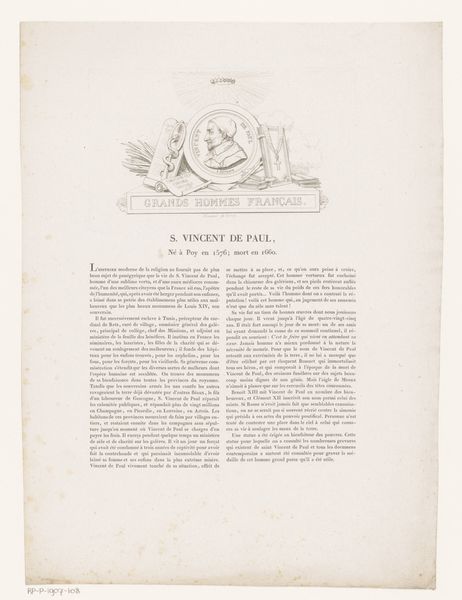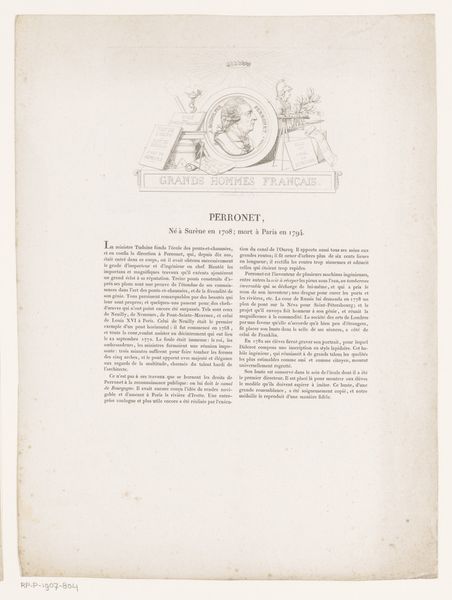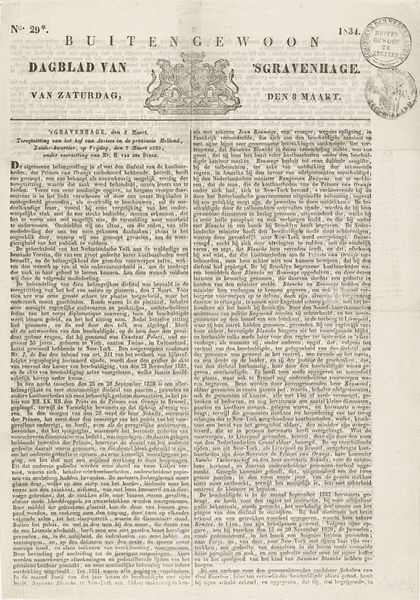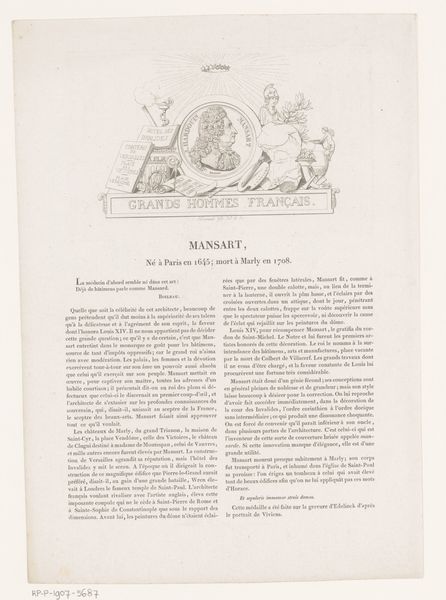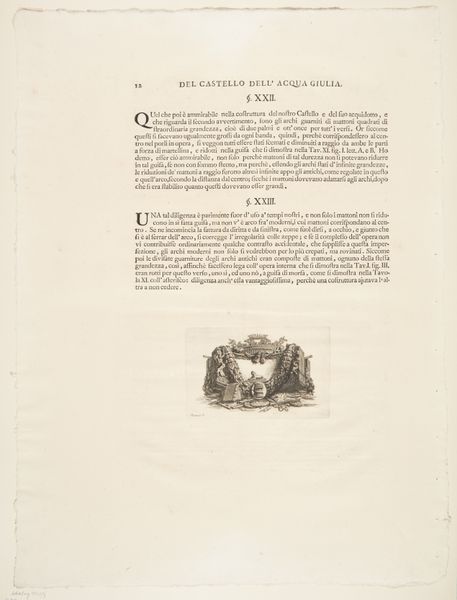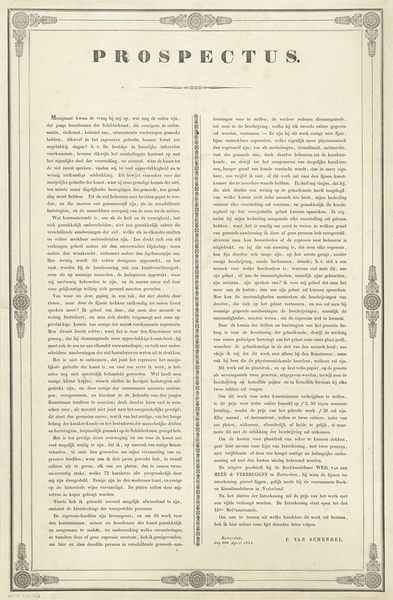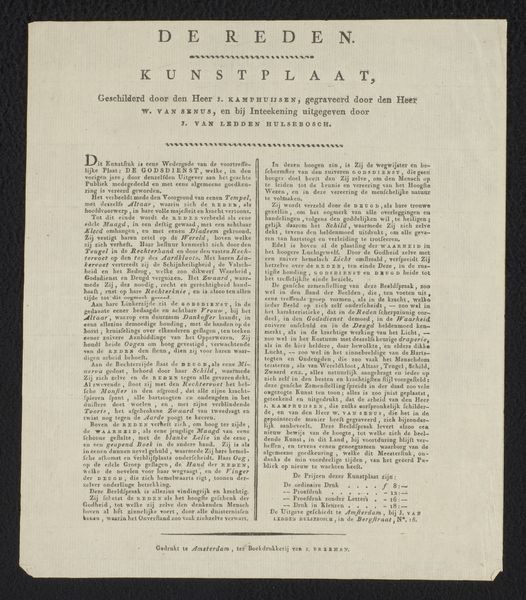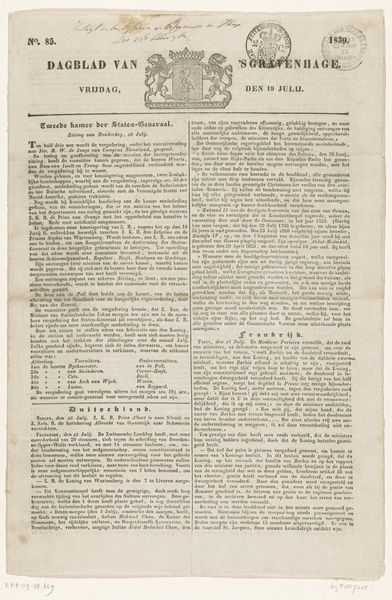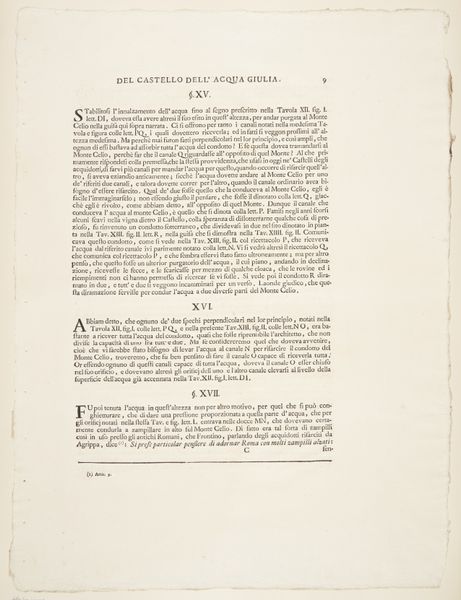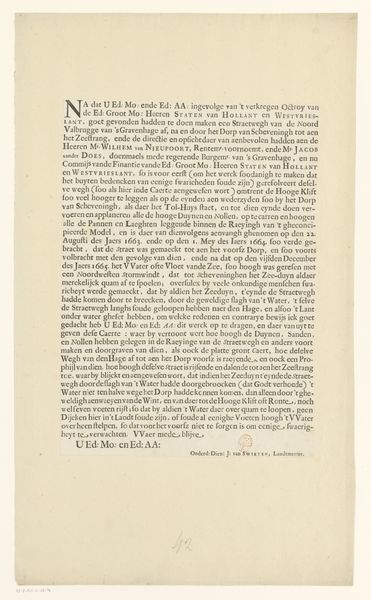
print, paper, engraving
#
portrait
#
neoclacissism
# print
#
paper
#
history-painting
#
engraving
Dimensions: height 103 mm, width 167 mm, height 353 mm, width 246 mm
Copyright: Rijks Museum: Open Domain
This print of Charles de Montesquieu was made by Louis Marie Normand sometime between the late 18th and mid-19th century, using etching and engraving. It's a relatively conventional combination of techniques, used to create multiple impressions of an image on paper. But consider what’s being shown: not just a portrait of Montesquieu, the famed Enlightenment philosopher, but also the instruments of his trade. The tools of the scholar - pen, ink, books - arranged as though for a still life. It's tempting to imagine Normand, the artist, paying homage to Montesquieu, the intellectual. But prints like this were also a mainstay of the commercial publishing industry. They made images portable, reproducible, and affordable. As such, it reflects the increasing commodification of knowledge, and the rise of a reading public, eager to consume the ideas of the Enlightenment and the images of its heroes. So, the artwork reminds us that the circulation of ideas relies on the very material processes of production, and that “high” culture is always intertwined with the world of labor, politics, and consumption.
Comments
No comments
Be the first to comment and join the conversation on the ultimate creative platform.
